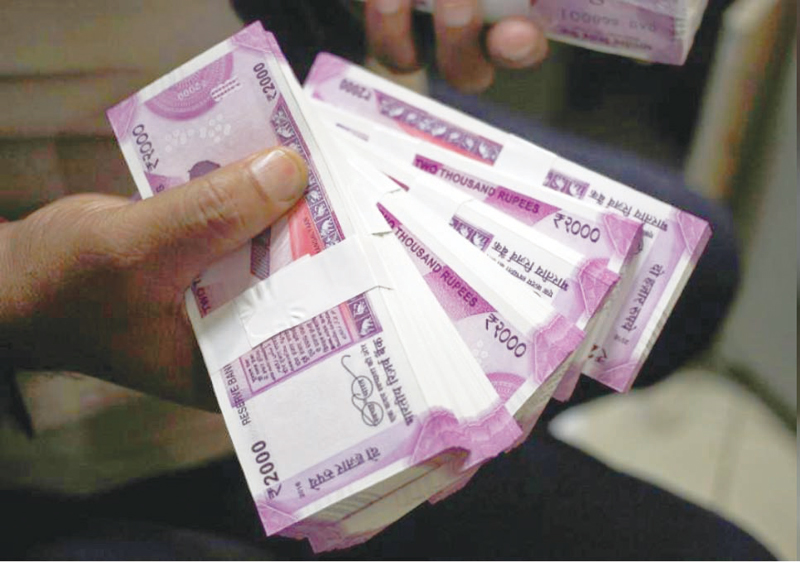

MUMBAI: The Reserve Bank of India (RBI) faces a tough choice in how it uses its monetary muscle. Does it protect a fragile rupee or does it ensure there’s enough cash in the banking system so lending in the economy doesn’t dry up?
The RBI needs to pick one battle at the expense of the other, while also acknowledging that either choice leaves apart of economy vulnerable.
If it defends the rupee, Asia’s worst performing currency this year, it risks sucking massive amounts of rupees out of an economy already grappling with tightness in cash and unintended policy tightening.
The alternative is to let the rupee weaken past 70-per-dollar to record lows, eroding confidence and investment in an economy heading into general elections next year.
Economists suspect it may choose currency stability, regardless of how tight funding conditions get, a point the RBI reinforced on Wednesday when it raised rates and emphasised containing inflation as a priority.
“It is a tough balancing act for RBI to keep the rupee stable while maintaining a neutral liquidity stance,” said A Prasanna, chief economist at ICICI Securities Primary Dealership.
“The fact that RBI raised the rate once again proves that they are serious about inflation targeting and comfortable with growth. That is why they might actually let the liquidity deficit build on, so that it is in line with its anti-inflation stance.”
Such a decision, however, presents plenty of challenges for policymakers who are concerned about funding constraints in Asia’s third largest economy.
The primarily inflation-targeting central bank has sold almost 5 per cent of its foreign exchange reserves since April, trying to put a floor under the rupee. The currency is down 7 per cent this year.
As it sold dollars for rupees, cash conditions domestically have tightened and yields have jumped.
Rates on 3-month deposits that banks place with each other have risen 100 basis points since April.
That’s led to a rise in retail deposit rates, with the State Bank of India lifting some of its deposit rates by around 60 basis points on Monday.
At the same time, the RBI’s bond purchases, part of its money market operations, have been modest and done little to help bank liquidity.
A second major factor impacting cash supplies is the Indian tendency to stockpile cash, rather than bank it, a practice that picks up in the second half of the year as people keep money aside to spend on the festive season.
Bankers estimate that a slow drain of rupees could result in the banking system having a daily deficit of about Rs one trillion, which is about 1 per cent of bank deposits, by March 2019 from a daily surplus of Rs 300-400 billion in June.
“Lending rates could rise by 50-75 basis points going ahead as liquidity is expected to tighten sharply and that could hit consumption demand to some extent,” said Parthasarathi Mukherjee, chief executive officer at Lakshmi Vilas Bank.
“Given that we are headed towards a festival season when credit offtake will be higher, it will be useful if RBI provides banks with some more liquidity.”
The RBI did not respond to request for a comment. At a press conference on Wednesday after announcing its monetary policy, Deputy Governor Viral Acharya said the RBI will “actively” manage cash conditions.
To ease funding conditions, economists say the RBI needs to either cut back its currency intervention or conduct heavier open market operations, such as bond purchases from banks, to replenish the rupees.
But such bond-buying operations would make it cheaper for the government to borrow more, which would be inflationary and at odds with the central bank’s efforts to fight price pressures. The RBI’s biggest challenges will be if tighter funding hurts an economy that’s been expanding at an annualised pace above 7 per cent, one of Asia’s fastest. — Reuters
Oman Observer is now on the WhatsApp channel. Click here



